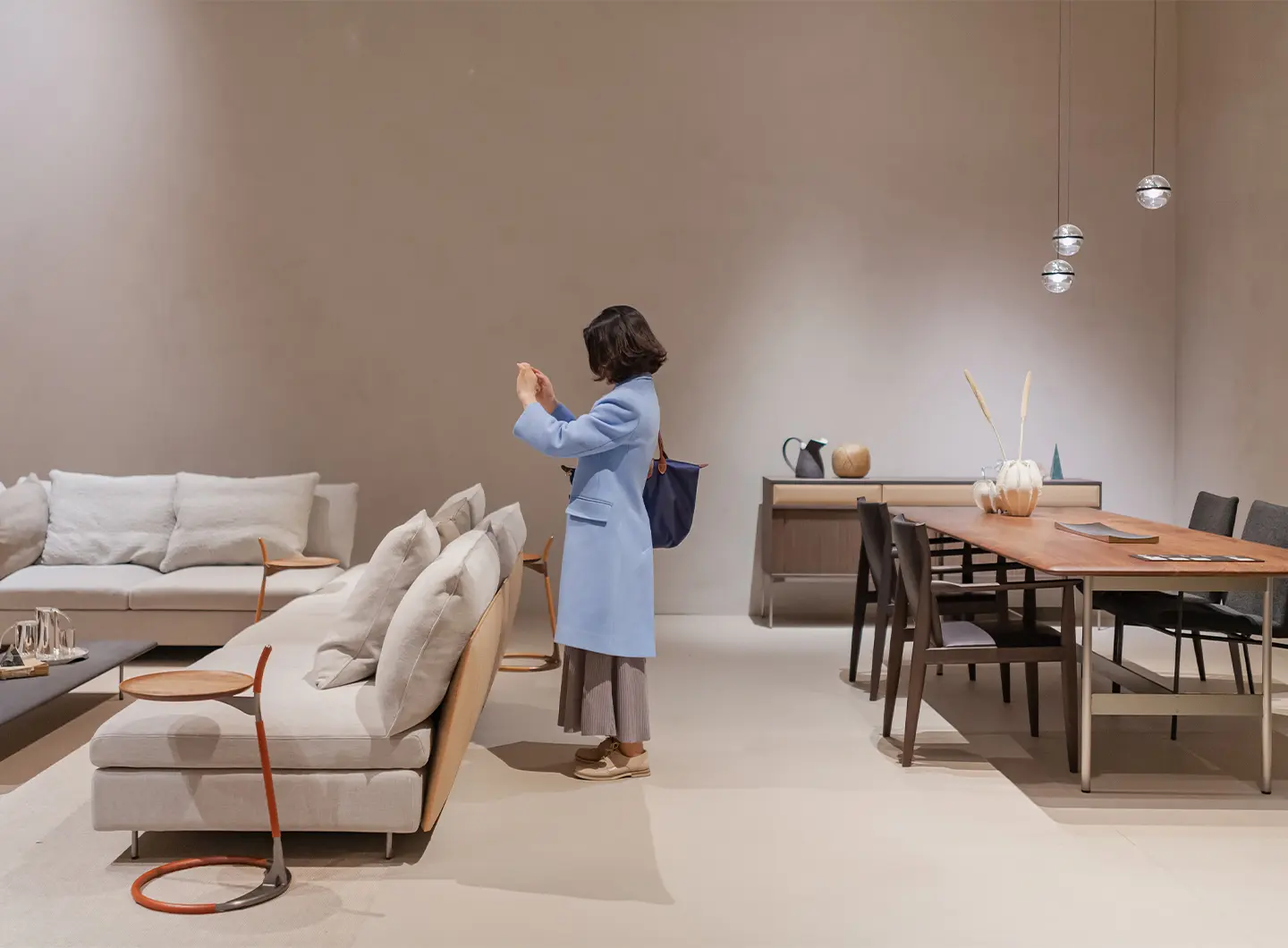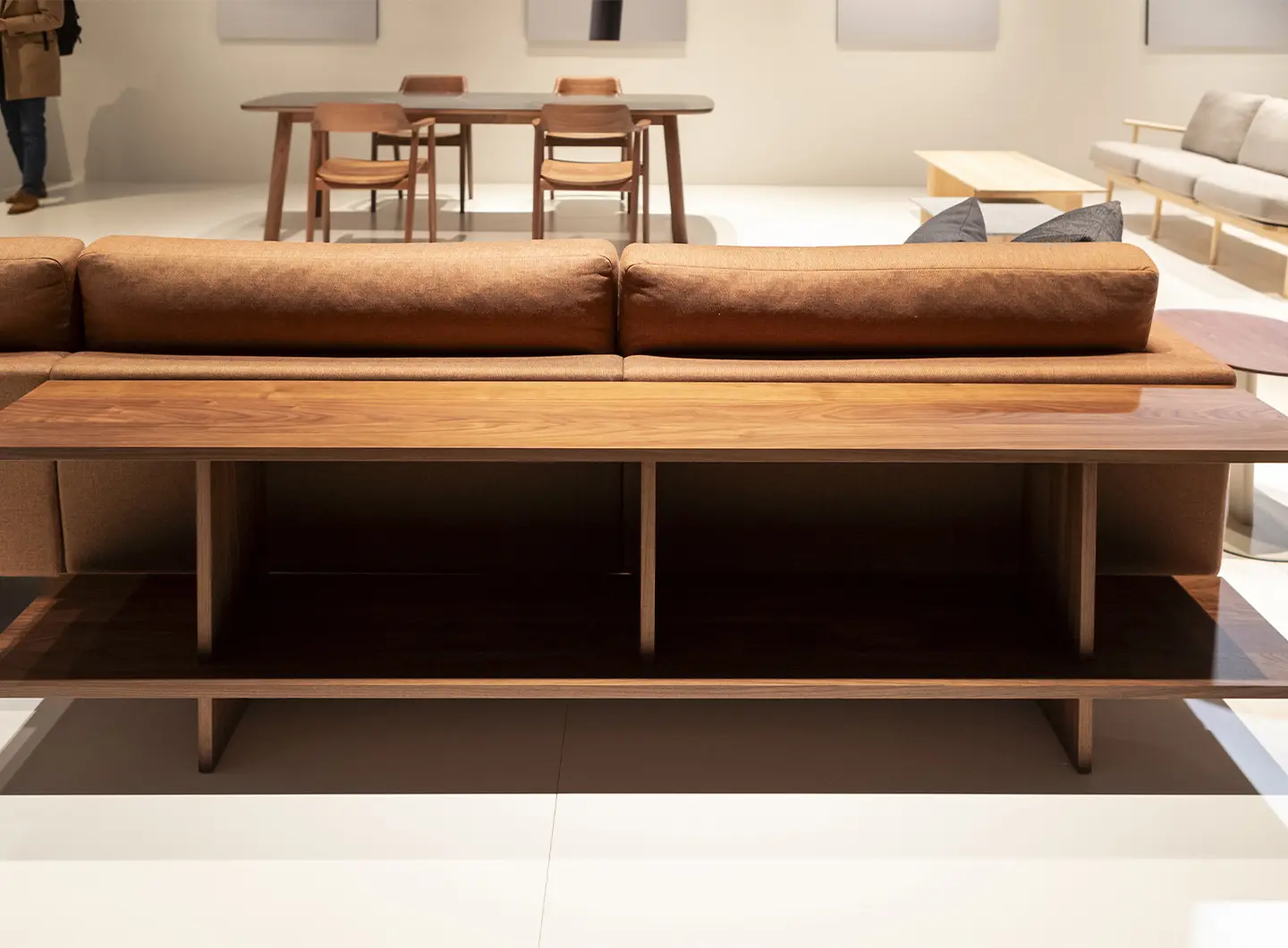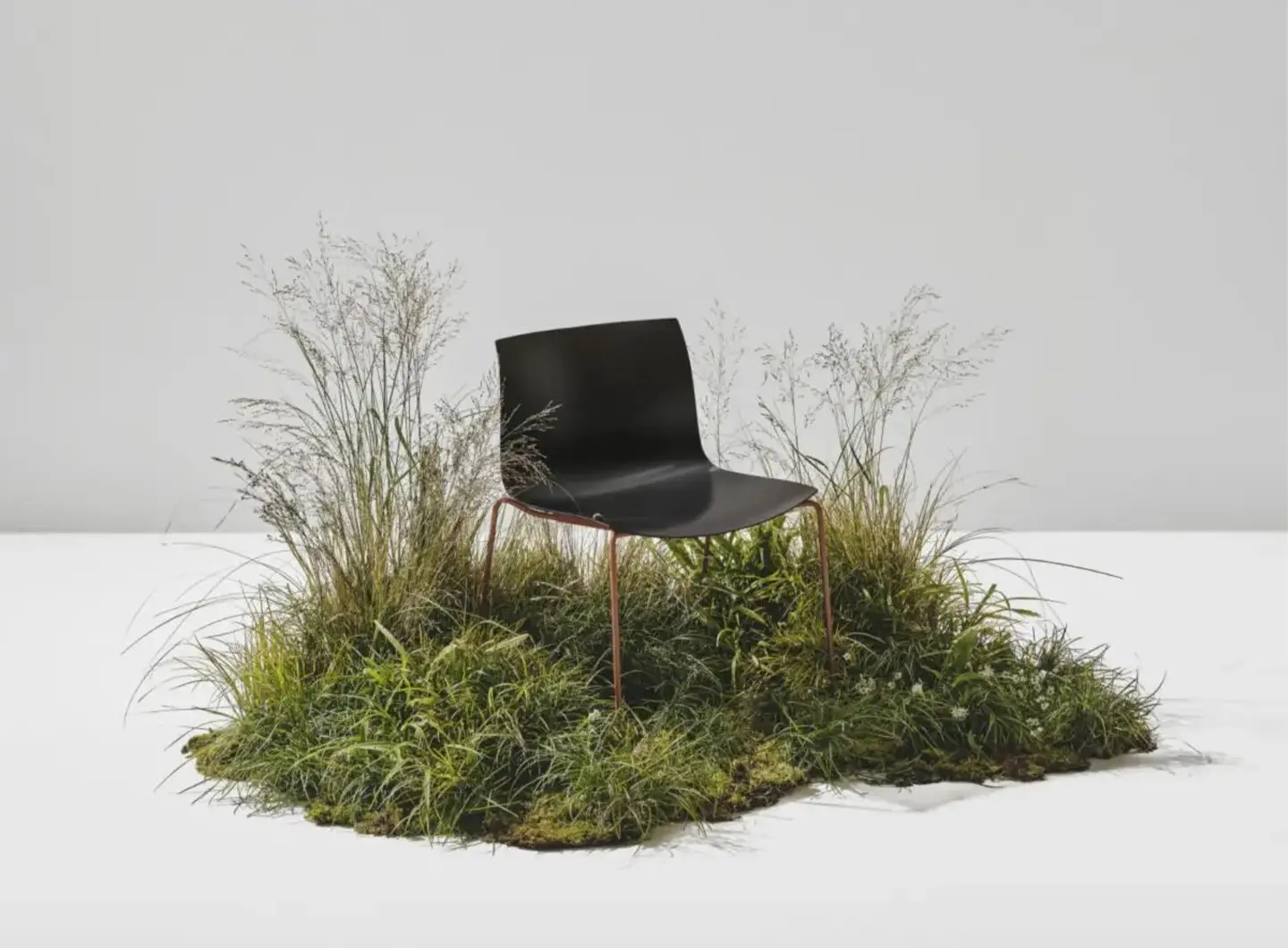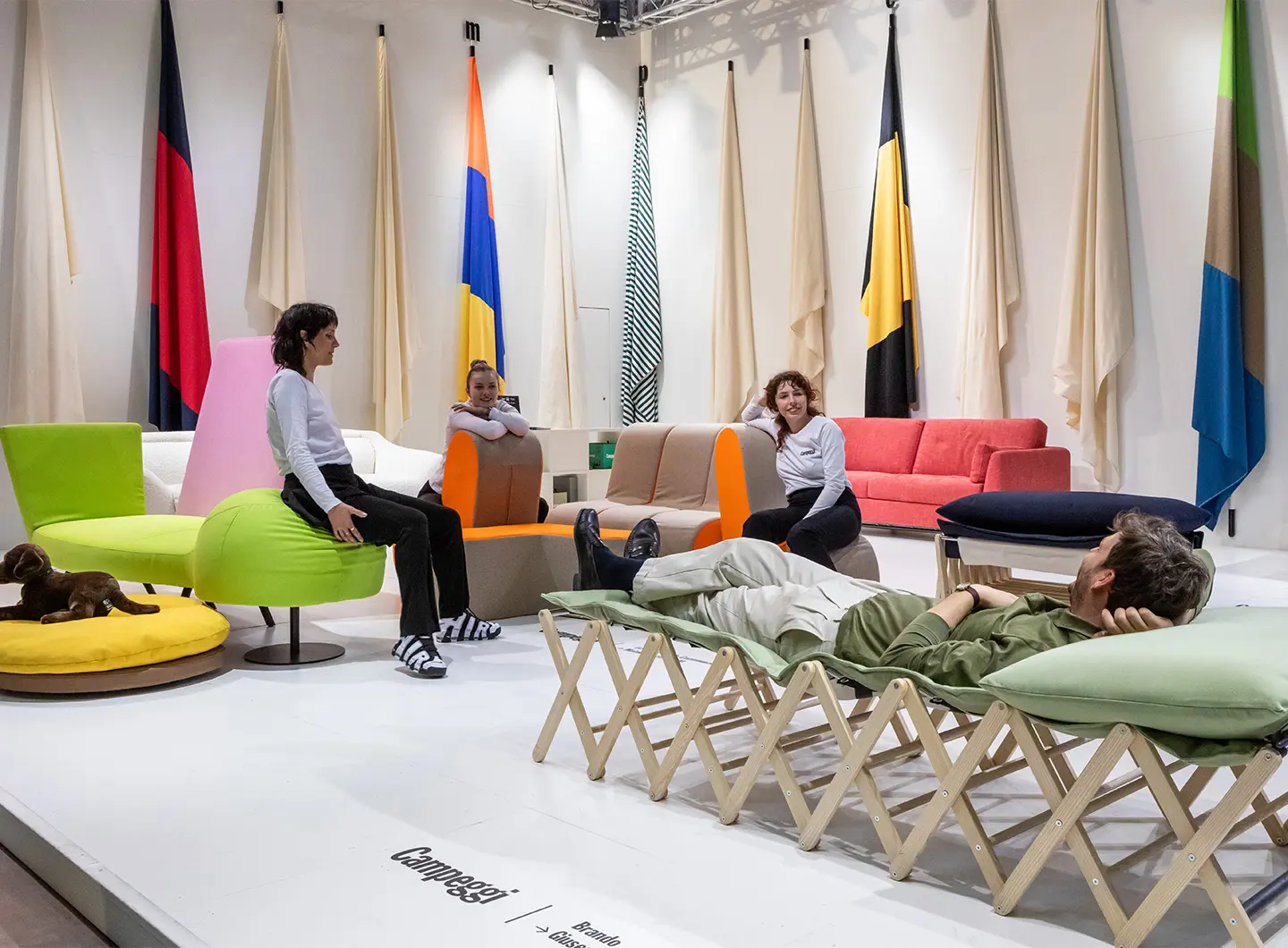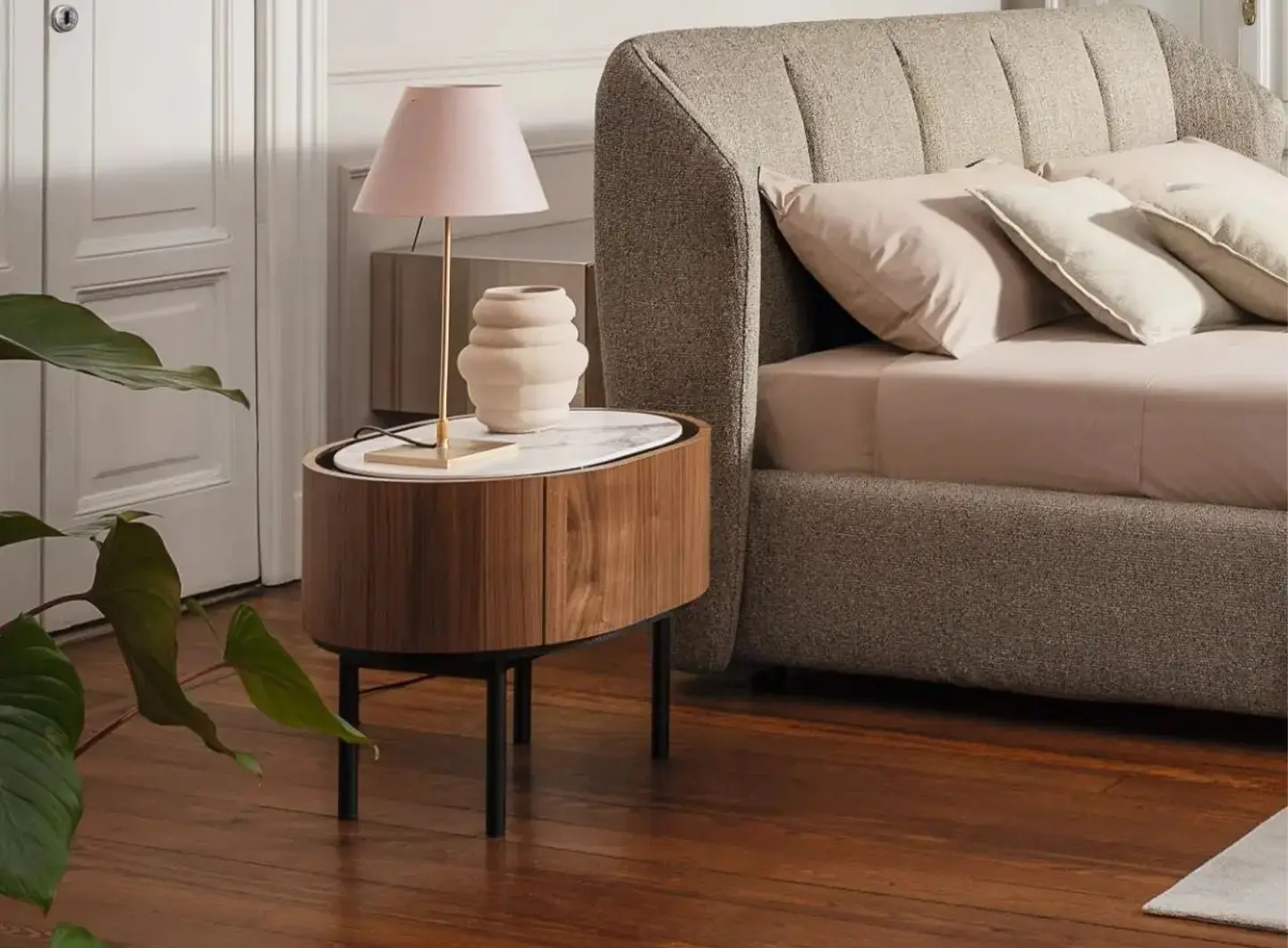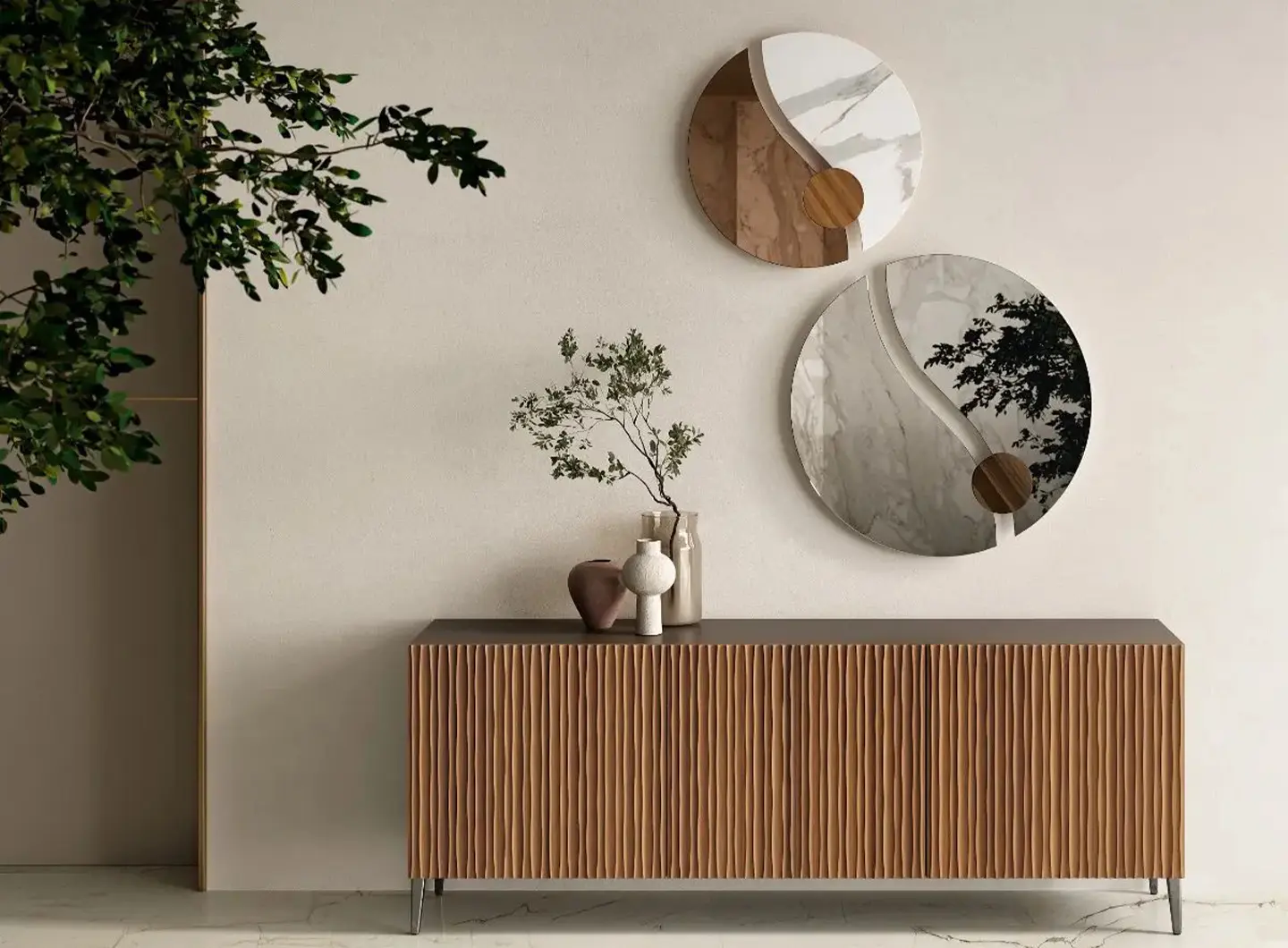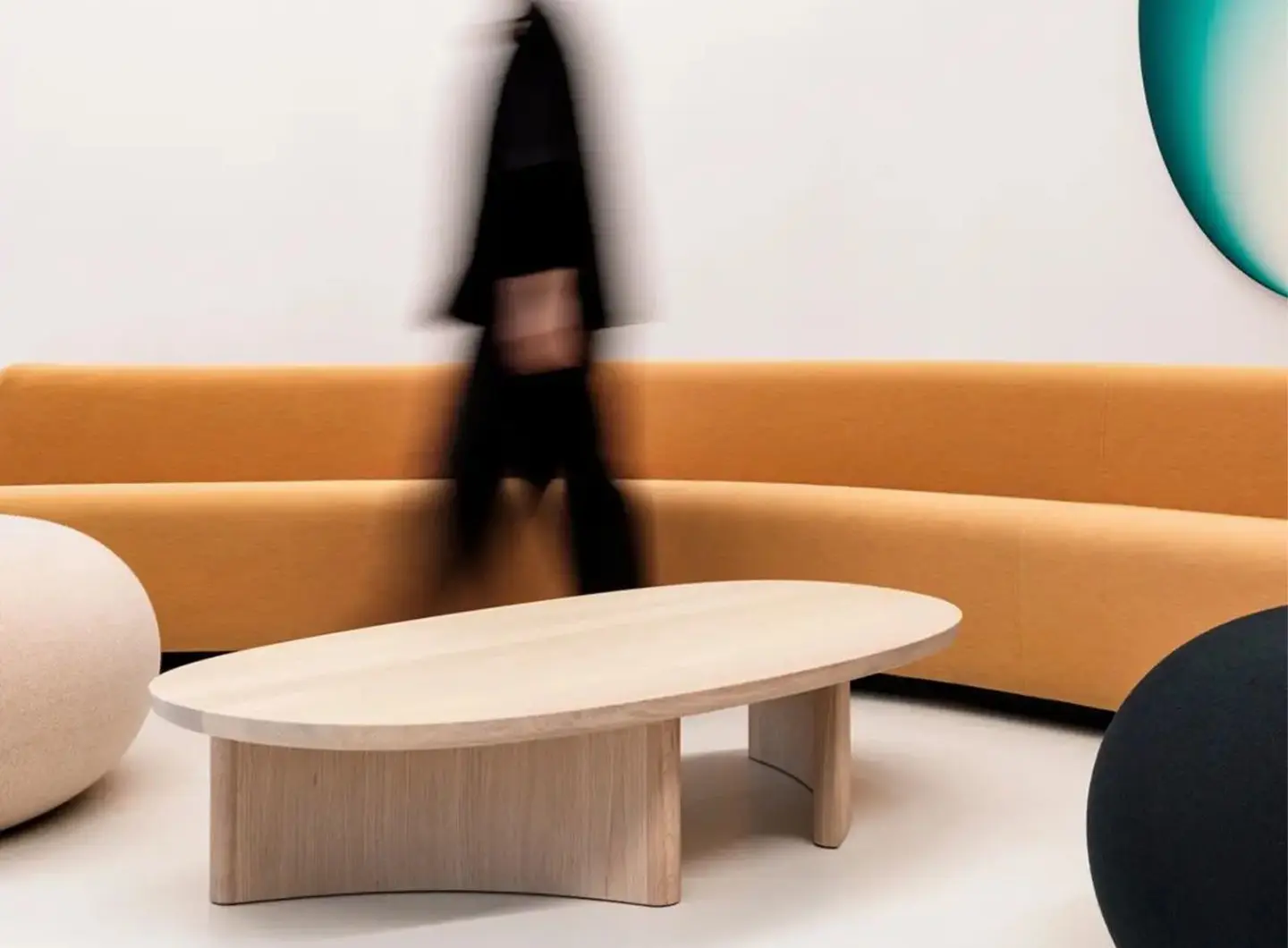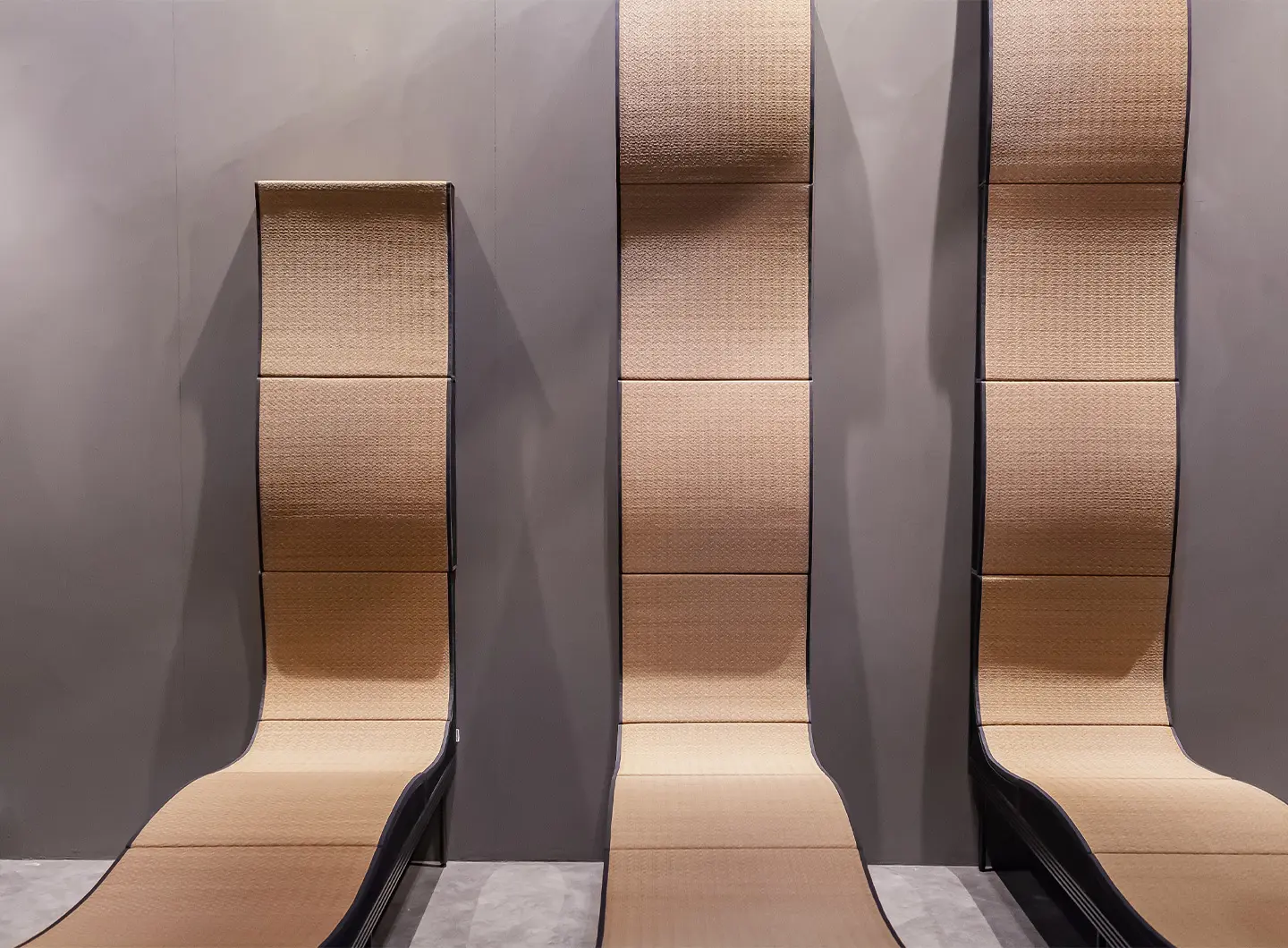From BIG to David Chipperfield, Frank Gehry to Snøhetta: a world tour of the best buildings set to open in 2026
Salone del Mobile.Milano 2024: wood takes on a starring role
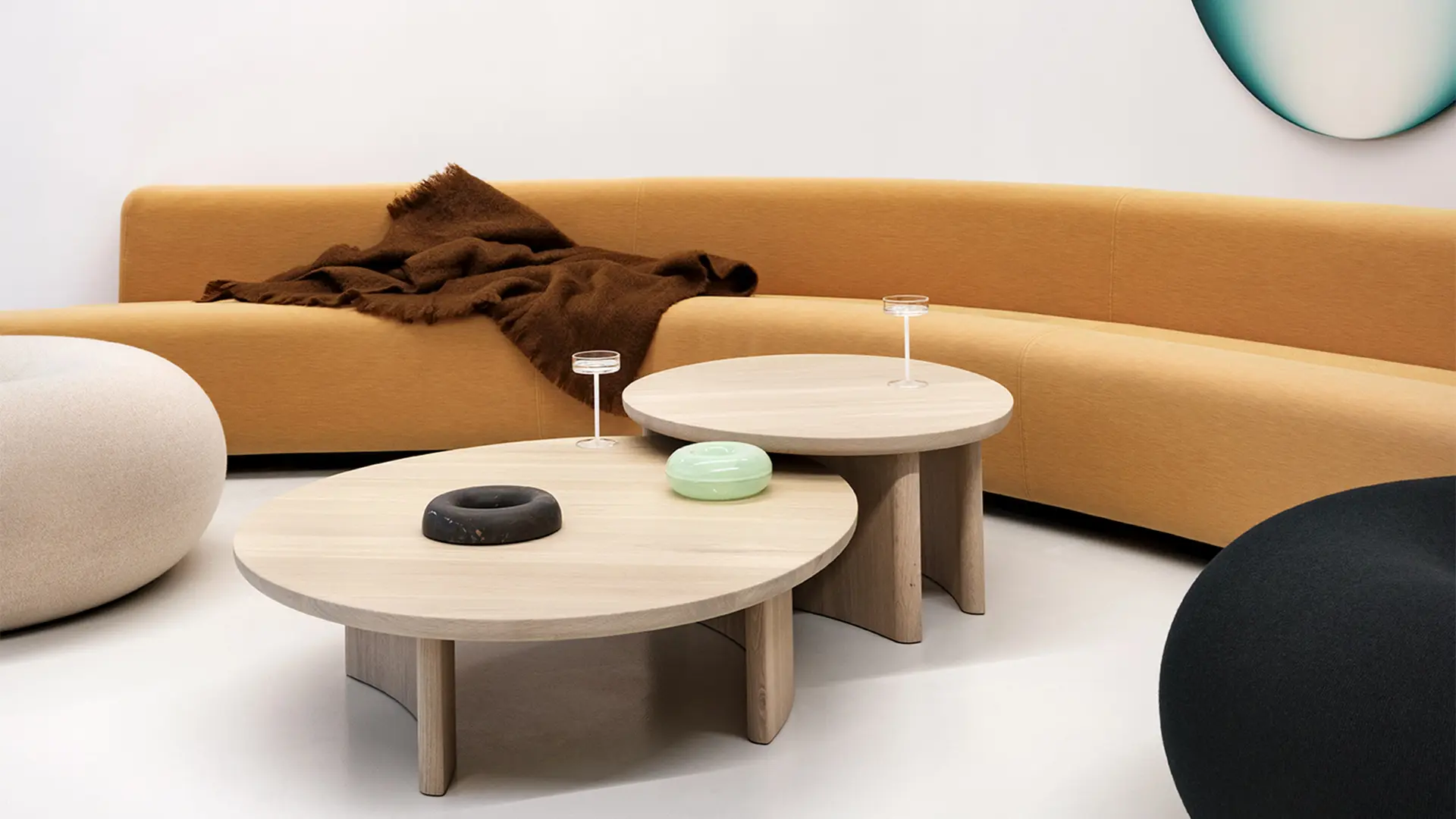
Arco, Dew coffe table, design by Sabine Marcelis
Eclectic, sustainable and ecological: here are the most recent interpretations of a living and enduring material
The story of wood goes hand-in-hand with the story of humanity itself: this material has always accompanied man throughout all his evolutionary eras, to the point of (still) being the absolute protagonist of contemporary design. It was proposed in various forms and products by all the leading brands at the Salone del Mobile.Milano 2024, with a single, stand-out common denominator: the forms were all increasingly essential. Design research stands out for its focus on valorising the different woods and artisan processes that enhance its material qualities, pairing wood with materials such as ceramic, marble and leather. What’s more, the provenance of the raw materials is certified and the preferred finishes are ecological, ensuring that the products are increasingly sustainable. Then there is the fact that scientific experimentation is ongoing, geared to launching revolutionary materials on the market.
Founded in 1928, Maruni is a Japanese manufacturer of wooden furniture boasting unparalleled aesthetic research. Among its proposals, the ST Table (ceramic top) by Naoto Fukasawa, combines natural material with ceramic; the Hiroshima Open Shelf shelving unit experiments with panels a mere 21 millimetres thick; the Shoto coffee tables by Cecilie Manz are distinguished by the precision of the details.
Alpi reconfirmed its leadership position in terms of the production of decorative surfaces in composite wood, making it the ideal professional partner for designers. The company stands out for its combined use of technology and sartorial processes, its use of sustainable raw materials and its ongoing investment in R&D, as well as engaging top level collaborators such as GamFratesi, Konstantin Grcic and Piero Lissoni.
The proposals from Lema were plentiful and versatile: the August table by Roberto Lazzeroni combines slender tops in materials including marble with supporting trestles connected to each other by a tensioner in a patinated bronze finish with a gently curved wooden crosspiece; the Ayon chair by Gabriele and Oscar Buratti combines a leather seat with an ash frame for an artisanal appeal; while the Jiku table by Federica Blasi boasts wooden joints and interlocks drawn from the Japanese tradition, enhanced by Italian craftsmanship.
Riva 1920 surprised with its eclectic collection, in which the animal-shaped furnishing accessories in aromatic cedarwood, each crafted from a single block, stood out, as did Aparadox, a solid wood and blockboard sideboard made up of three modules, and the Cross, Nastro, Forma and Vela Outdoor tables that exploit the unique characteristics of solid wood.
Catifa Carta by Lievore Altherr Molina for Arper is an evolution of the Catifa 53 chair, designed in 2001 and the brand’s first product to gain environmental certification. The shell of Catifa Carta is made of PaperShell, a new and revolutionary material derived from wood waste which represents an unprecedented innovation, minimising Catifa Carta’s environmental impact: at the end of its life cycle, the material can be reduced to biochar, an organic charcoal with the ability to retain the CO2 sequestered during the previous life phases.
Set up in 1992 at Fukuoka, on the northern coast of the island of Kyushu, the Japanese producer of interior furnishings Ritzwell & Co. made its mark on the international markets thanks to its values, a synthesis of the fundamentals of Japanese philosophy and an essential contemporary formal language. The Constantino Armchair reinterprets classic elegance with a solid oak or walnut frame, characterised by tapered legs and curved armrests embellished with two different contrasting finishes, in leather or in hide.
A point of reference for those in search of innovation, fun and dynamism, Campeggi has come up with an eclectic catalogue of products geared to comfort, agility, movement, pragmatism, grace and unpredictability, just waiting to be discovered. The designers involved include Giuseppe Arezzi, who was responsible for Brando, an elegant folding camp bed in ash wood and fabric.
It’s all in the detail for Calligaris, as demonstrated by the open-pore black stained ash wood or Canaletto walnut base of the Dalia armchair, paired with a generous seat, the ash frame of the Oleandro lounge armchair, the Lake bedside table and the Yoroi table where the focus is on the natural materiality of the wood.
The same attention to detail also makes up the stylistic hallmark of Alf DaFré, keen this year to show it off in the processing of the Gubia table and sideboard by Gordon Guillaumier, characterised by a tactile surface that refers to the craftsmanship of woodworking with a gouge chisel.
Bontempi Casa puts the focus on functionality and synthesis with the minimalist Matisse desk by Yoshino Toshiyuki and the Lady armchair by Marco Corti, in which the upholstered parts are deliberately conceived to bring out the contrasting grain of the wood, while the accent is on the grooved texture of the same material in the Musa sideboard by Studio E-ggs.
The Dew family of coffee tables by Sabine Marcelis plays on organicity and sculptural forms for Arco, the Dutch brand that this year celebrates 120 years of activity, over a century devoted to the artisan art of carpentry.
The story of Adal also goes back a long way. Set up in 1953 and now considered one of the industry’s leading brands, its founding value lies in strengthening and improving the rapport between man and the space in which he lives based on a harmonious relationship with nature, respecting its materials and colours – a common element in the brand’s products is the processing of igusa, a type of Japanese rush, woven and then dried, traditionally used to make tatami mats but which in the Adal collections engenders innovative formulations.
Lastly, Zanat is a family firm now into its fourth generation, which has built its business around the tradition of woodcarving as practised in the small Bosnian village of Konjic, now inscribed on the UNESCO world heritage list. Its new collection includes the Divan Bed, the Genkan collection of hallway pieces including a console table, mirror and storage box designed by Naoto Fukasawa, and the Korzo Table, in which the particular carving of the wood renders each piece unique.


 Exhibitions
Exhibitions
